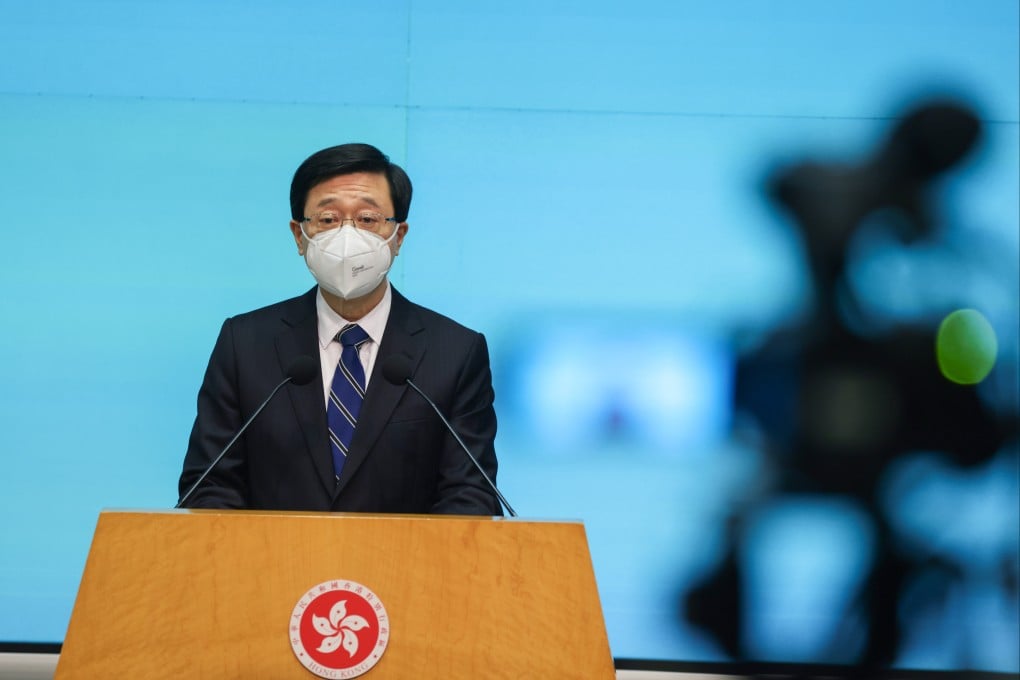Editorial | Exco members need to play a more active role
- The non-official members of the chief executive’s cabinet must work closely with John Lee Ka-chiu and others to tackle a wide range of problems facing Hong Kong. But gone are the days when they can just walk the corridors of power and make decisions behind closed doors

The composition of the new government continues to attract public scrutiny. The line-up of the Executive Council may be less eye-catching than that of the principal officials. But as the chief executive’s cabinet, its powers and influence are no less than those of ministers. They must work closely with John Lee Ka-chiu and others as a team to tackle a wide range of problems facing Hong Kong.
With nine of the 16 existing non-official members staying on, there is change amid continuity. The seven new appointees, including former health minister Ko Wing-man, top banker Margaret Leung Ko May-yee, solicitor Eliza Chan Ching-har, former insurance authority chief Moses Cheng Mo-chi, and lawmakers Chan Kin-por, Stanley Ng Chau-pei and Gary Chan Hak-kan are no strangers to public service. It is to be hoped that they can bring new insights to governance and help the new team to keep a finger on the public pulse.
Constitutionally, the Basic Law stipulates that the city’s leader shall appoint Exco members from among principal officials, lawmakers and public figures. Whether the relations between the executive and the legislature would be compromised depends on how members discharge their duties in different capacities. While there needs to be proper checks and balances, the two branches must work together to get things done.
Traditionally, the non-official members of the chief executive’s cabinet are elites in their own fields. But many remain unfamiliar to the community and have not explained the government’s policies as much as they should. But gone are the days when they can just walk the corridors of power and make decisions behind closed doors. In addition to reflecting different views in the community for policy formulation, they have to play a more active role in explaining policies and decisions.

